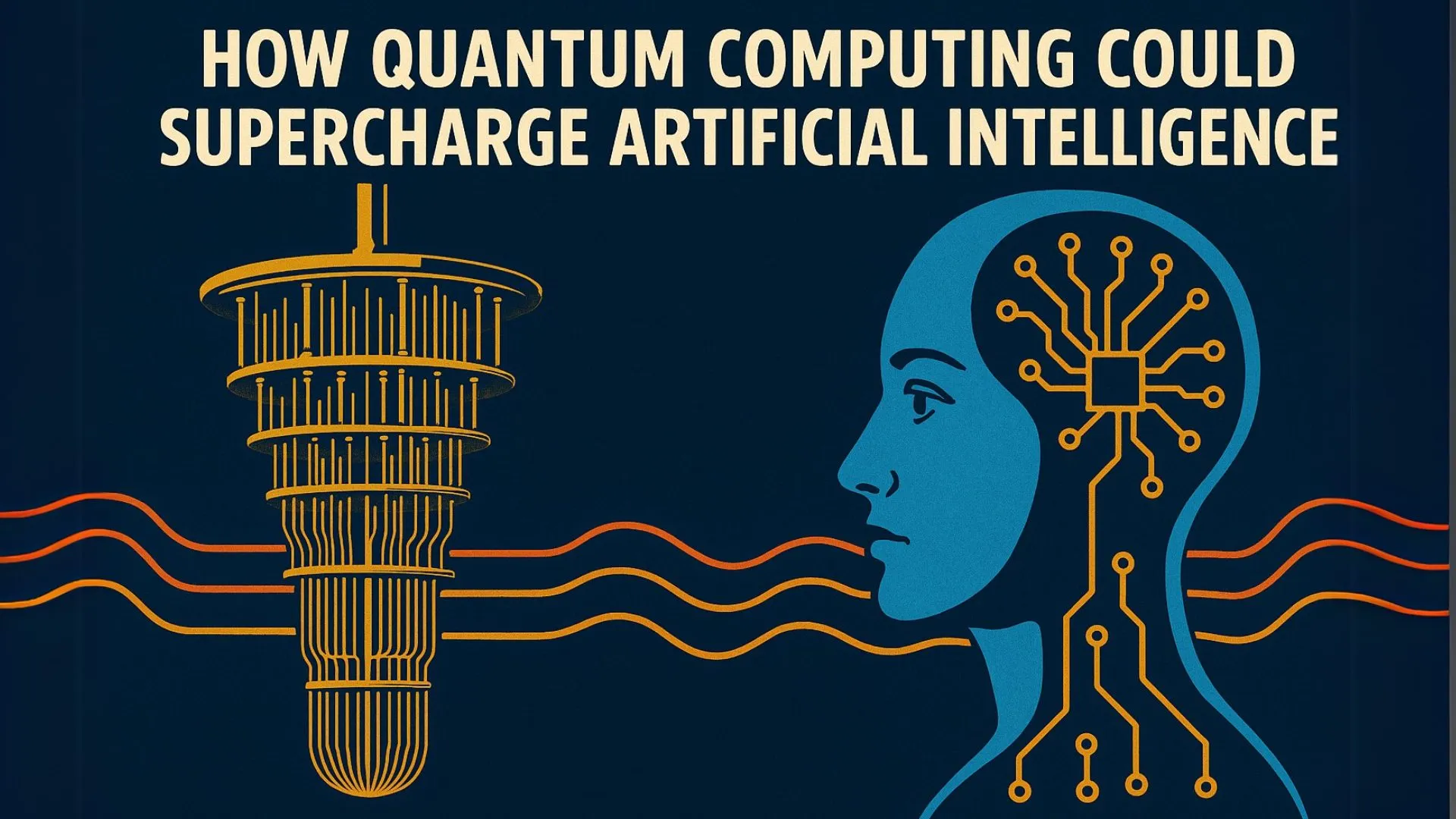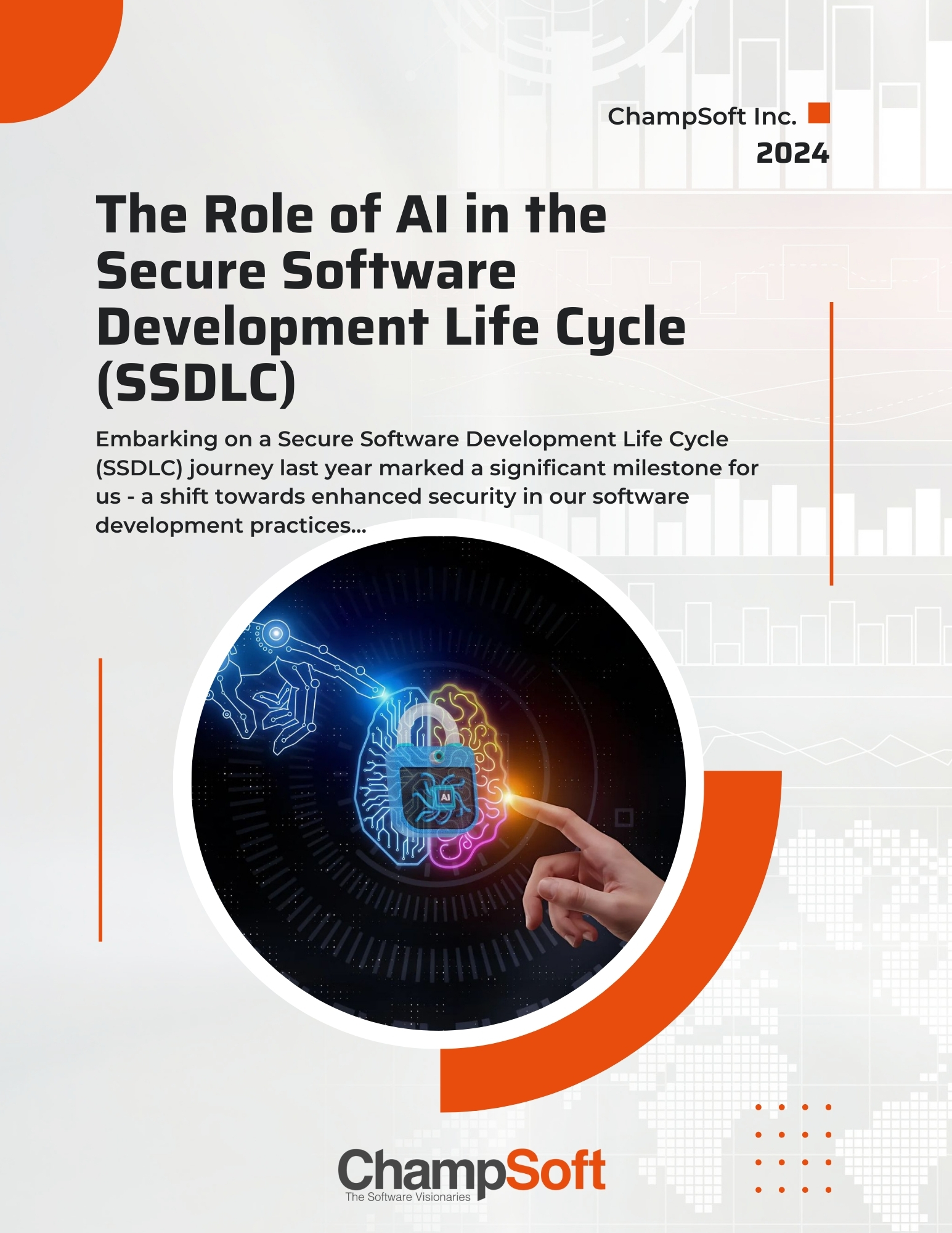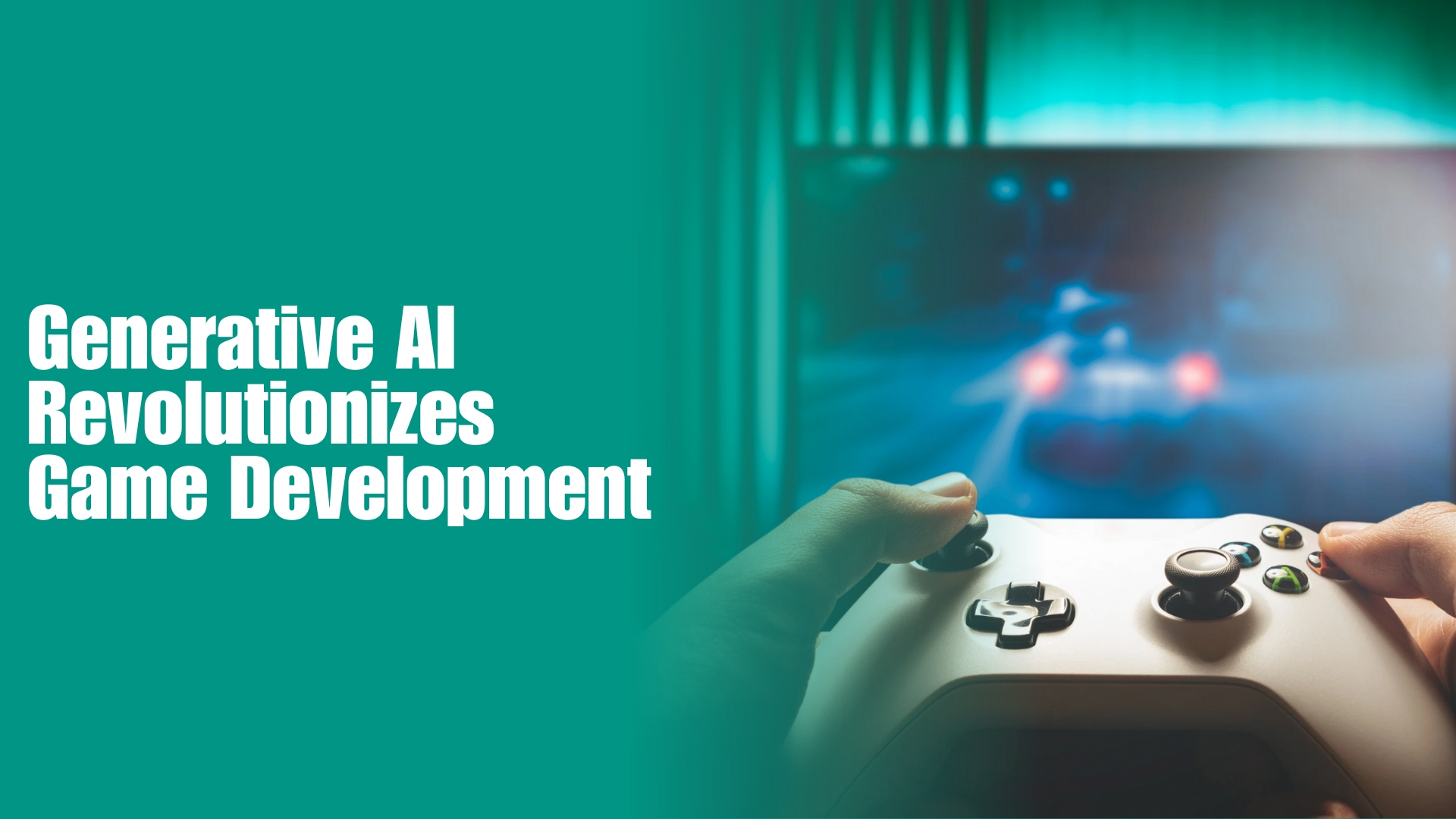You’ve likely heard of ChatGPT, Gemini, and other AI chatbots. These tools can draft emails, debug code, and even generate creative text. They rely on large language models (LLMs) trained on massive datasets, all powered by the classical computers we use today.
But there’s a new computing paradigm emerging that could reshape everything: quantum computing. Unlike classical systems, quantum machines process information using principles of physics that defy everyday logic—like superposition and entanglement.
This article explains, in plain English, how quantum computing and AI may come together to unlock breakthroughs far beyond today’s capabilities.
What Is Artificial Intelligence in Simple Terms?
At its core, artificial intelligence (AI) is software that learns from experience to make smarter decisions over time.
- A home assistant improves its recognition of your accent with practice.
- A spam filter blocks new scams after learning from past attempts.
- An image generator studies thousands of photos, then creates original art.
All of these run on classical hardware, where tiny switches toggle strictly between 0s and 1s. Learning happens in loops:
- See – The model observes data (images, speech, videos).
- Guess – It labels the input.
- Compare – The output is checked against the right answer.
- Tweak – Internal weights adjust to reduce future errors.
After millions of repetitions, the model achieves accuracy. As Stanford’s AI100 project explains: AI aims to make machines “function appropriately and with foresight in their environment.”
What Is Quantum Computing in Plain English?
Classical bits represent either 0 or 1. By contrast, quantum bits (qubits) can exist as both 0 and 1 simultaneously through a property called superposition. They can also be linked by entanglement, where changing one instantly influences the other, even across vast distances.
| Quantum Rule | Everyday Analogy | What It Means for Computing |
|---|---|---|
| Superposition – A qubit can be 0 and 1 at once | A dimmer switch that’s fully on and off until observed | The system evaluates many answers in parallel |
| Entanglement – Qubits share outcomes | Two magic coins that always land oppositely, even oceans apart | Solving one part of a puzzle instantly updates others |
These features enable quantum processors to explore solutions far faster than classical machines.
Everyday Examples: How Quantum Algorithms Differ
- Grover’s Search (Phonebook Example)
Finding one name in 10,000 pages would take classical computers 10,000 tries. Quantum search can do it in about 100. - Shor’s Algorithm (Cracking Locks)
Encryption today relies on problems classical systems can’t solve in reasonable time. A quantum computer could factor huge numbers in hours, challenging current cybersecurity. - Quantum Simulation (Batteries and Chemistry)
Simulating how electrons behave in new materials overwhelms classical models. Quantum simulators can directly mimic these interactions, providing data gold for AI research in chemistry and energy.
Why Combine Quantum Computing and AI?
Today’s AI is powerful but constrained. Training and running large models consumes warehouses of chips and electricity, yet some challenges remain unsolved. Quantum computing promises to break these limits:
| Current AI Challenge | Potential Quantum Boost |
|---|---|
| Training drag – Adjusting billions of weights ties up GPUs for weeks | Quantum linear algebra could cut some tasks from days to minutes |
| Inference overload – AI struggles with massive search problems (e.g., drug design) | Quantum sampling offers sharper probability-based answers |
| Combinatorial explosions – Optimizing routes for 1,000 vans is near impossible | Hybrid quantum algorithms like QAOA already test small logistics puzzles |
| Limited data – AI can only learn from what exists | Quantum simulators generate new, never-before-seen scientific data |
Early theoretical work suggests that once machines reach thousands of stable qubits, pattern recognition and data-intensive AI tasks could see exponential efficiency gains.
Where Quantum-AI Stands Today (2024–2025 Snapshot)
- IBM “Condor” (1,121 qubits, 2023): First chip above 1,000 qubits, enabling research into chemistry and quantum workflows.
- Google “Willow” (105 qubits, 2024): Solved a problem in five minutes that classical systems would take 10 septillion years, using advanced error correction.
- Microsoft “Majorana 1” (2025): Introduced exotic topological qubits, aiming for more stable processors.
- Quantinuum H2-1 (56 qubits, 2024): Record fidelity and connectivity, ideal for running complex quantum algorithms.
What Are the Roadblocks to Quantum AI?
| Stage | What Must Be Solved | Plausible Timeline |
|---|---|---|
| NISQ Era – 100–1,000 qubits | Stabilization, hybrid algorithms, prove economic value | Now through 2028 |
| Fault-Tolerant Era – Logical qubits | Millions of physical qubits plus error correction | Late 2020s–2030s |
| Scaled Era – Quantum AI accelerators | Special-purpose chips integrated into cloud and edge | 2030s and beyond |
Ethical and Societal Considerations
- Security Risks: Quantum-ready algorithms could break today’s encryption, pushing governments to adopt post-quantum cryptography.
- Skill Gaps: New expertise like “quantum ML engineers” is urgently needed.
- Sustainability Questions: While quantum gates consume little power, cooling and control systems remain energy-intensive. True green computing will depend on lifecycle analysis.
Bottom Line: Could Quantum Computing Transform AI?
AI gives machines intuition; quantum computing offers a microscope into nature itself. Together, they could solve problems that were once thought impossible—from simulating molecules for new medicines to designing climate-friendly energy systems.
If engineers can tame noise and scale up qubits, tomorrow’s AIs may not only learn from the world—they could discover entirely new worlds.
FAQ’s
How is quantum computing different from classical computing?
Classical computers use bits (0 or 1), while quantum computers use qubits, which can represent both states at once through superposition.
Can quantum computing replace AI?
No. Quantum computing is not a replacement but a powerful partner that can accelerate AI training, optimization, and problem-solving.
What industries will benefit from quantum-AI first?
Healthcare, finance, logistics, and energy are leading areas—especially where simulations and optimizations are crucial.
When will practical quantum AI become available?
Early hybrid applications are happening now, but large-scale, fault-tolerant systems are expected in the 2030s.







